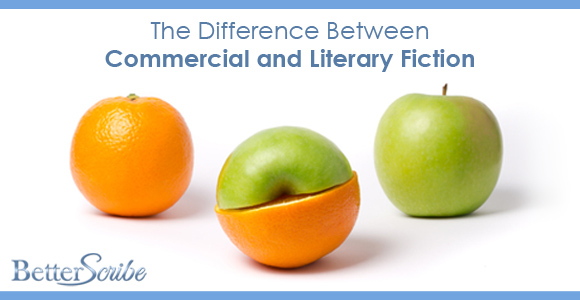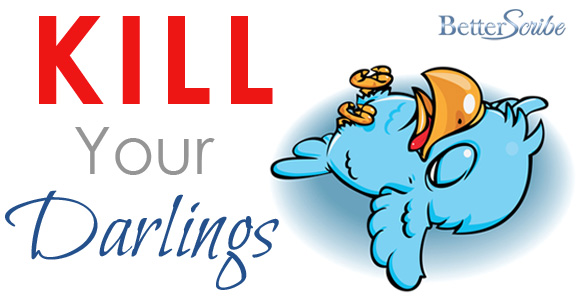
Many writers wonder what the difference between commercial and literary fiction is. This is usually when they’re trying to decide which genre their manuscript falls into and it’s easy to see how a writer can get confused by these two.
Some say the difference is that commercial fiction sells and literary fiction doesn’t; although this can be the case because commercial fiction has a larger readership, it doesn’t explain why a book fits into commercial or the literary category.
Another theory is that one is character driven (literary) and the other plot driven (commercial), which doesn’t explain enough about what the difference is. Literary novels need a plot just as much as commercial novels and commercial novels need well-rounded characters.
The difference can be hard to pick
Usually literary novels are more about style, imagery and language. Literary books are a more complex read and try to make the reader think deeply about the book’s theme and the characters. The emotions, thoughts and motives of characters are explored extensively, which results in a quieter plot centered around the characters and their lives. In commercial fiction the characters are larger-than-life with high-stake problems, but in literary fiction they are more like real, everyday people with real, everyday life problems.
Book cover differences
Aside from the actual writing inside the book, there are differences on the cover which clearly mark the book as literary. The titles of commercial fiction usually say something about the story within the book, like Undead and Unreturnable by Mary Janice Davidson. The title says this book is going to be about the undead and it lives up to its title with its vampire characters. The title of a literary novel is often more ‘offbeat’ and ‘arty’ like The Crying of Lot 49 by Thomas Pynchon, giving little or no clue as to what the story is about.
The differences between commercial and literary fiction don’t stop with just the title; the book covers also follow this style. Commercial fiction usually have a bright, interesting covers that grab attention and give more clues as to what the book may be about. Literary fiction often has an understated ‘arty’ cover that leaves the reader clueless unless they read the back cover blurb.






Connect With Kelly